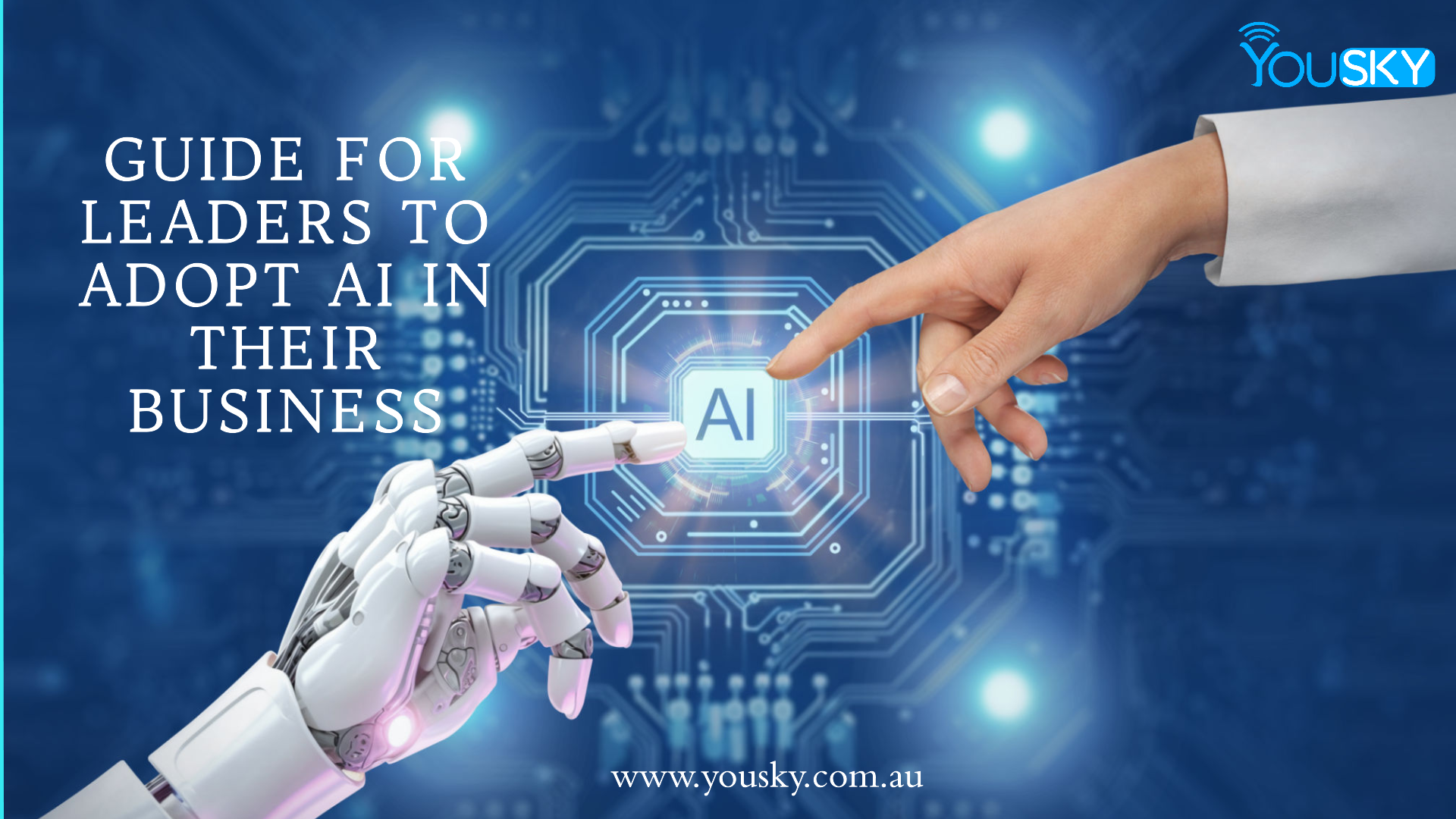
In today’s rapidly evolving business landscape, digital transformation is no longer a luxury but a necessity for survival and growth. As a CEO, leading your organization through a digital transformation requires a comprehensive understanding of the landscape, strategic vision, and effective execution. This guide will help you navigate this complex process, ensuring your company stays competitive and innovative.
Understanding Digital Transformation
What is Digital Transformation?
Digital transformation is the integration of digital technology into all areas of a business, fundamentally changing how you operate and deliver value to customers. It involves a cultural shift that requires organizations to continually challenge the status quo, experiment, and become comfortable with failure.
Why is Digital Transformation Important?
- Enhanced Customer Experience: Digital tools allow for better understanding and meeting of customer needs through personalized experiences.
- Operational Efficiency: Automation and advanced analytics can streamline processes, reduce costs, and improve productivity.
- Innovation: Leveraging digital technologies enables the development of new products, services, and business models.
- Competitive Advantage: Keeping pace with technological advancements ensures you remain competitive in your industry.
Key Components of Digital Transformation
1. Leadership and Culture
Leadership Commitment: As a CEO, your commitment to digital transformation is crucial. Your vision must be clear, and you should lead by example, fostering a culture that embraces change and innovation.
Cultural Change: Encourage a mindset that values agility, experimentation, and learning from failures. Promote collaboration across departments and invest in digital literacy at all levels of the organization.
2. Customer-Centric Approach
Understanding Customer Needs: Utilize data analytics to gain insights into customer behaviors and preferences. Tools like CRM systems can help track and analyze customer interactions, providing valuable data for personalization.
Enhanced Customer Interaction: Implement digital channels such as mobile apps, social media, and chatbots to provide seamless and interactive customer experiences.
3. Data-Driven Decision Making
Data Collection and Analysis: Invest in big data technologies and analytics tools to collect, store, and analyze data from various sources. This will enable informed decision-making and predictive analytics.
Leveraging AI and Machine Learning: Incorporate AI and machine learning to gain deeper insights, automate processes, and enhance decision-making capabilities.
4. Technology Integration
Cloud Computing: Adopt cloud solutions for scalable, flexible, and cost-effective IT infrastructure. This enables easy access to data and applications from anywhere, enhancing collaboration and productivity.
Internet of Things (IoT): Utilize IoT devices to gather real-time data, improve operational efficiency, and enhance customer experiences through connected products.
Cybersecurity: As you increase digital adoption, ensure robust cybersecurity measures are in place to protect sensitive data and maintain customer trust.
5. Agile and Flexible Operations
Agile Methodologies: Implement agile practices in project management to foster flexibility, speed, and continuous improvement.
Digital Supply Chain: Modernize your supply chain with digital tools like blockchain for transparency and IoT for real-time tracking and management.
Steps to Implement Digital Transformation
1. Assess Your Current State
Conduct a comprehensive assessment of your current digital capabilities, processes, and culture. Identify strengths, weaknesses, and areas for improvement.
2. Define a Clear Vision and Strategy
Develop a clear vision of what digital transformation means for your organization. Align this vision with your business goals and create a strategic roadmap with specific, measurable objectives.
3. Build a Capable Team
Assemble a cross-functional team with digital expertise, including a Chief Digital Officer (CDO) if necessary. Ensure that this team has the authority and resources to drive the transformation.
4. Invest in the Right Technologies
Identify and invest in the technologies that will have the most significant impact on your business. Prioritize scalable solutions that can grow with your organization.
5. Foster a Digital Culture
Promote a culture of continuous learning and innovation. Provide training and resources to help employees adapt to new technologies and processes.
6. Start Small and Scale
Begin with pilot projects to test new technologies and methodologies. Learn from these initiatives and gradually scale successful solutions across the organization.
7. Monitor and Adjust
Continuously monitor the progress of your digital transformation initiatives. Use key performance indicators (KPIs) to measure success and make necessary adjustments to stay on track.
Overcoming Challenges in Digital Transformation
Resistance to Change
Change can be difficult, and resistance from employees is common. Address this by clearly communicating the benefits of digital transformation and involving employees in the process.
Skill Gaps
Identify skill gaps within your organization and invest in training and development programs. Consider hiring external experts if necessary.
Budget Constraints
Digital transformation can be costly. Prioritize investments that offer the highest ROI and consider phased implementation to spread costs over time.
Integration Issues
Integrating new technologies with existing systems can be challenging. Work with experienced vendors and ensure thorough planning and testing to minimize disruptions.
Conclusion
Digital transformation is a journey, not a destination. As a CEO, your leadership is crucial in steering your organization through this complex process. By understanding the key components, implementing a clear strategy, and fostering a supportive culture, you can lead your company to new heights of innovation, efficiency, and customer satisfaction. Embrace the challenge and transform your business for the digital age.


